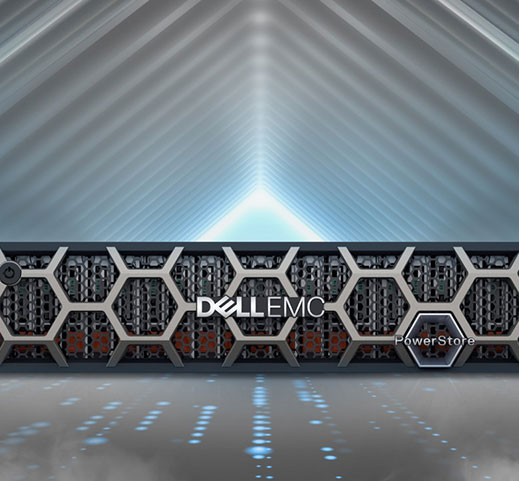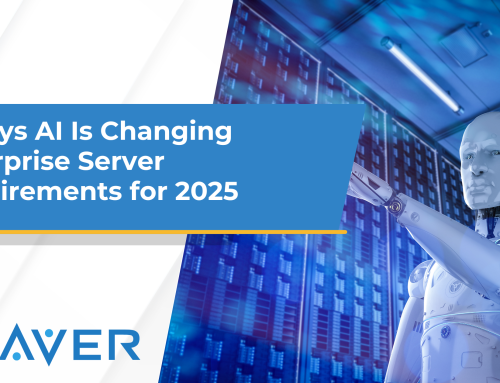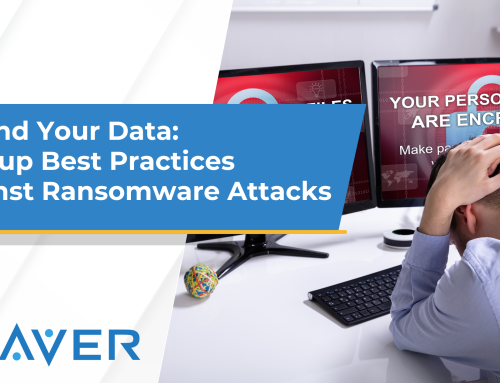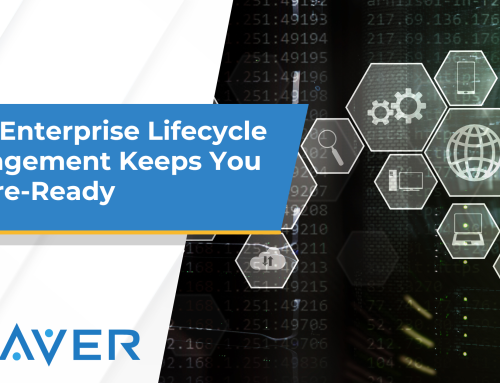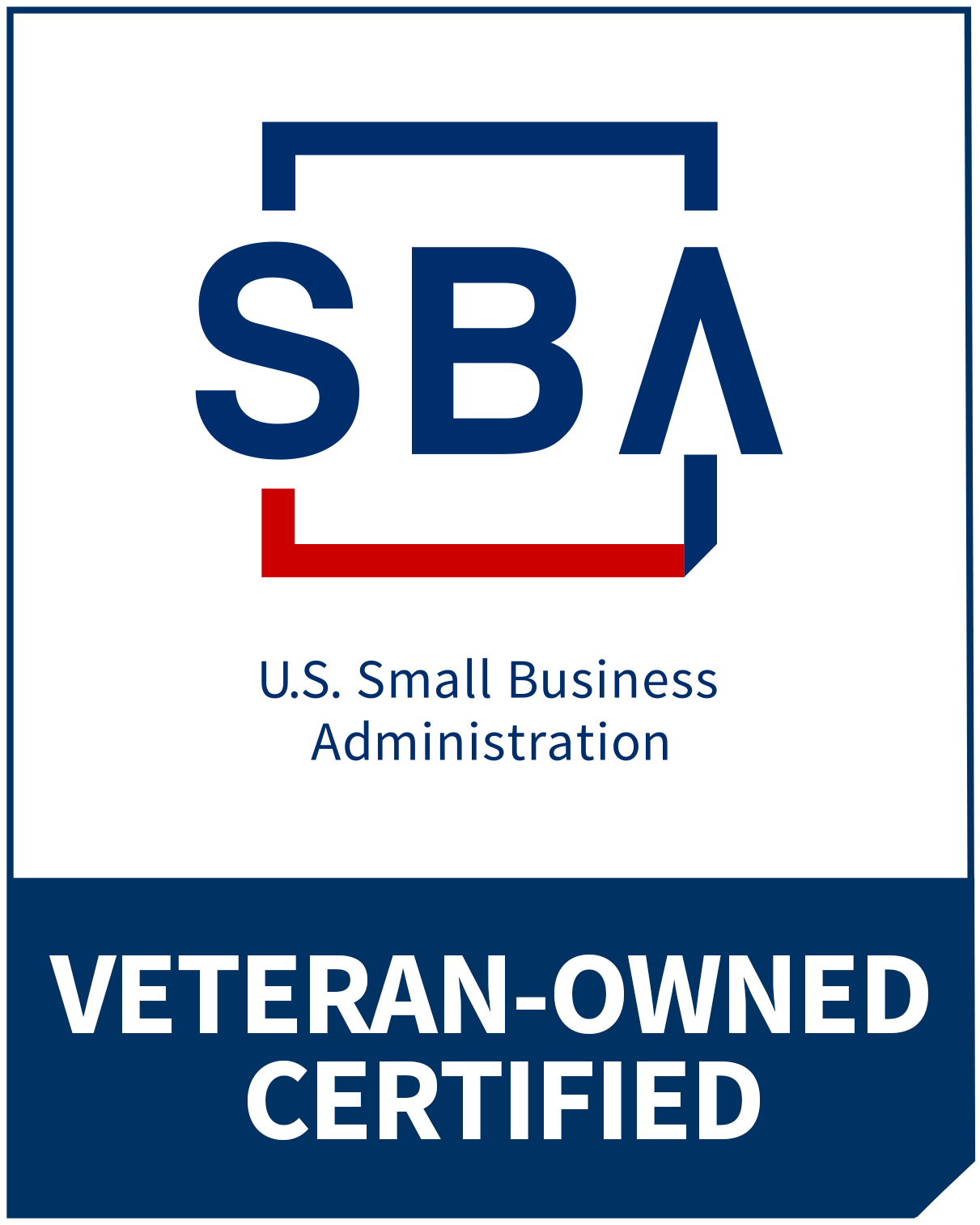Now that you have a better idea of what PowerStore is and some of the benefits and drawbacks of using it, it’s time to take a bit of a closer look (if you haven’t already, be sure to check out our previous PowerStore articles). There are six different PowerStore models. If you’re going to invest in PowerStore, understanding them and what makes them similar to or different from another is going to be important.
The Models
PowerStore models start with the PowerStore 500 and go up through the PowerStore 9000. The four models between the bookend models are the PowerStore 1000, PowerStore 3000, PowerStore 5000, and PowerStore 7000.
Similarities
All the PowerStore models have a raw capacity of 11.52 TB – 3.59 PB per cluster. That capacity expands to 28.57 TB – 11.36 PB of effective capacity, or the capacity that you get if you use compression techniques. You can create clusters of up to four appliances to expand your storage capacity. All have FC and Ethernet front-end connectivity.
Differences
The PowerStore 500 has more differences between it and the other models than the other models do among themselves, though there are still differences worth mentioning. Starting with the number of NVMe NVRAM drives, the PowerStore 500 has zero, the PowerStore 1000 and 3000 have two, and the PowerStore 5000, 7000, and 9000 have four. The PowerStore 500 is limited to 25 max drives per appliance, whereas the other models have 96 per appliance and 384 per cluster. The PowerStore 500 doesn’t support appliance expansion, but the other models allow you to add up to three expansion enclosures per appliance. Similarly, the lowest PowerStore model doesn’t support AppsON, but the others will when using the PowerStore X model. All offer the following drive types: NVMe SSD and NVMe SCM. The upper five add SAS SSD on expansion enclosures.
As with any technology, it’s always best to have an understanding of what your options are and how that can impact your business. That is especially true for storage systems like PowerStore. Companies can live or die by the quality of their data storage. Think about it. With how crucial securely storing data can be, this is one decision you definitely want to understand before you make it.
It’s hard to keep up with technology, especially given that it’s changing constantly. See how we can help you keep your company’s tech current with our strategic consulting services.

